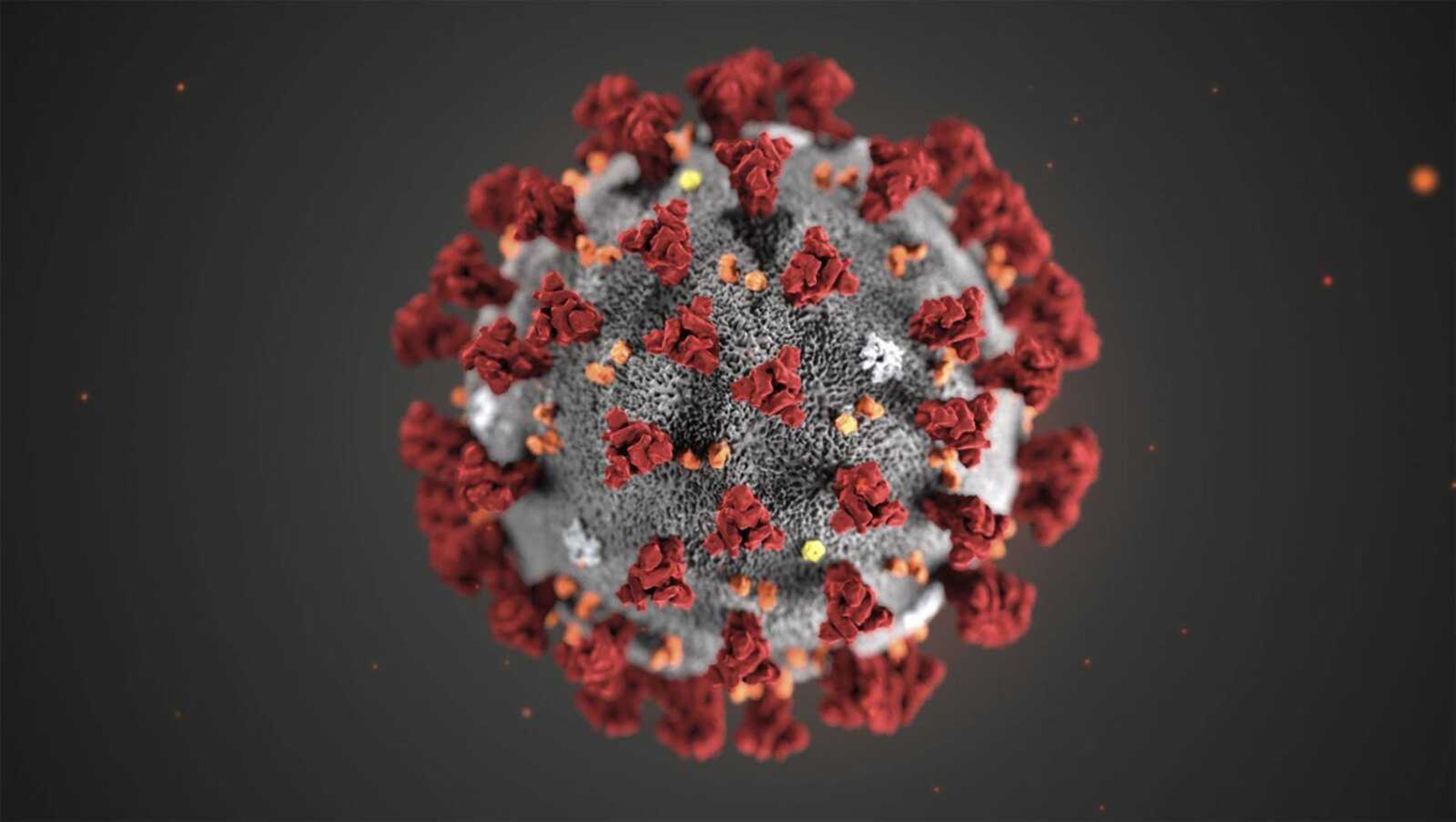Some good news in the analysis of COVID-19 rates
It's stunning how fast events are moving. Two weeks ago I was deliberating traveling with family to New Orleans, a place with no identified cases of coronavirus at the time. Now, New Orleans is one of the hot zones for the virus. In a matter of days, Missouri went from a couple known cases to more than 250 and climbing fast. Perry County is under order from county authorities to "shelter in place."...
It's stunning how fast events are moving. Two weeks ago I was deliberating traveling with family to New Orleans, a place with no identified cases of coronavirus at the time. Now, New Orleans is one of the hot zones for the virus. In a matter of days, Missouri went from a couple known cases to more than 250 and climbing fast. Perry County is under order from county authorities to "shelter in place."
With tests now becoming more readily available -- and in many places the requirements to be tested relaxing -- the higher numbers are not a surprise. Federal authorities have been alerting us this would be the case. The widespread growth of the coronavirus is why we should all be careful to social distance properly, wash hands frequently and follow the health directives from authorities. Such care is especially important to protect the elderly and those with underlying medical conditions. Even those less vulnerable to the effects of the virus must be vigilant; victims of the disease include young and otherwise healthy people, too.
But there is some good news emerging from the numbers. As they learn more, some experts are seeing a less deadly virus than originally predicted. According to two professors of medicine at Stanford who have studied how the "epidemic seed" has traveled, prior modeling of the fatality rate is "deeply flawed" because it focuses on the number of deaths from identified positive cases (rather than on "the portion of those infected who die.").
"Projections of the death toll could plausibly be orders of magnitude too high," Dr. Eran Bendavid and Dr. Jay Bhattacharya write in the Wall Street Journal.
Their analysis underlines that current tests used to identify cases don't catch people who were infected and recovered. "Second, testing rates were woefully low for a long time and typically reserved for the severely ill." From their analysis, epidemiological modelers are overstating the percentage of those who die from the virus.
"If we're right about the limited scale of the epidemic," they write, "then measures focused on older populations and hospitals are sensible. Elective procedures will need to be rescheduled. Hospital resources will need to be reallocated to care for critically ill patients. Triage will need to improve. And policy makers will need to focus on reducing risks for older adults and people with underlying medical conditions."
But overall deaths will be far from what's been originally projected, they write, likely even much less than the flu mortality rate. To them and all of us, that's great "cause for optimism."
Still, even if COVID-19 turns out to have a lower mortality rate than originally predicted, it remains high risk, because its fast onset can overwhelm current medical equipment. That's why "flattening the curve" is paramount. Nevertheless, hearing something optimistic is refreshing.
n
Another group at high risk because of COVID-19 is healthcare workers. Because of the virus' transmissiveness, it is difficult and imperative for them to stay safe. We owe them not only our deep gratitude for their commitment to public health, we owe them our care in following health guidelines. These include calling the appropriate numbers if feeling symptoms -- and not showing up to healthcare providers unannounced.
Saint Francis has set up a Coronavirus Community Nurse Hotline at 573-331-4200. Your company health insurance may also provide a help line. Be sure to call if you have any questions.
In addition, Saint Francis, SoutheastHEALTH, Cape Girardeau County Public Health and the City of Cape Girardeau have set up a test collection center in Arena Park. The Center is by appointment only and pre-screening is required. Anyone seeking a test must first call the Coronavirus Community Nurse Hotline at 573-331-4200. Hopefully in the near future, test requirements will be relaxed so we can all understand this virus better and reduce anxiety. But for now strict guidelines remain.
Be safe everyone. Prayers are with you. We will get through this.
Jon K. Rust is publisher of the Southeast Missourian.
Connect with the Southeast Missourian Newsroom:
For corrections to this story or other insights for the editor, click here. To submit a letter to the editor, click here. To learn about the Southeast Missourian’s AI Policy, click here.











